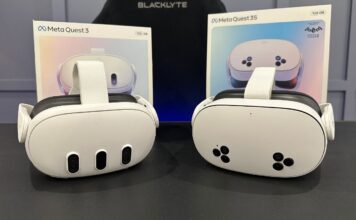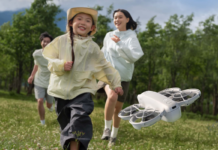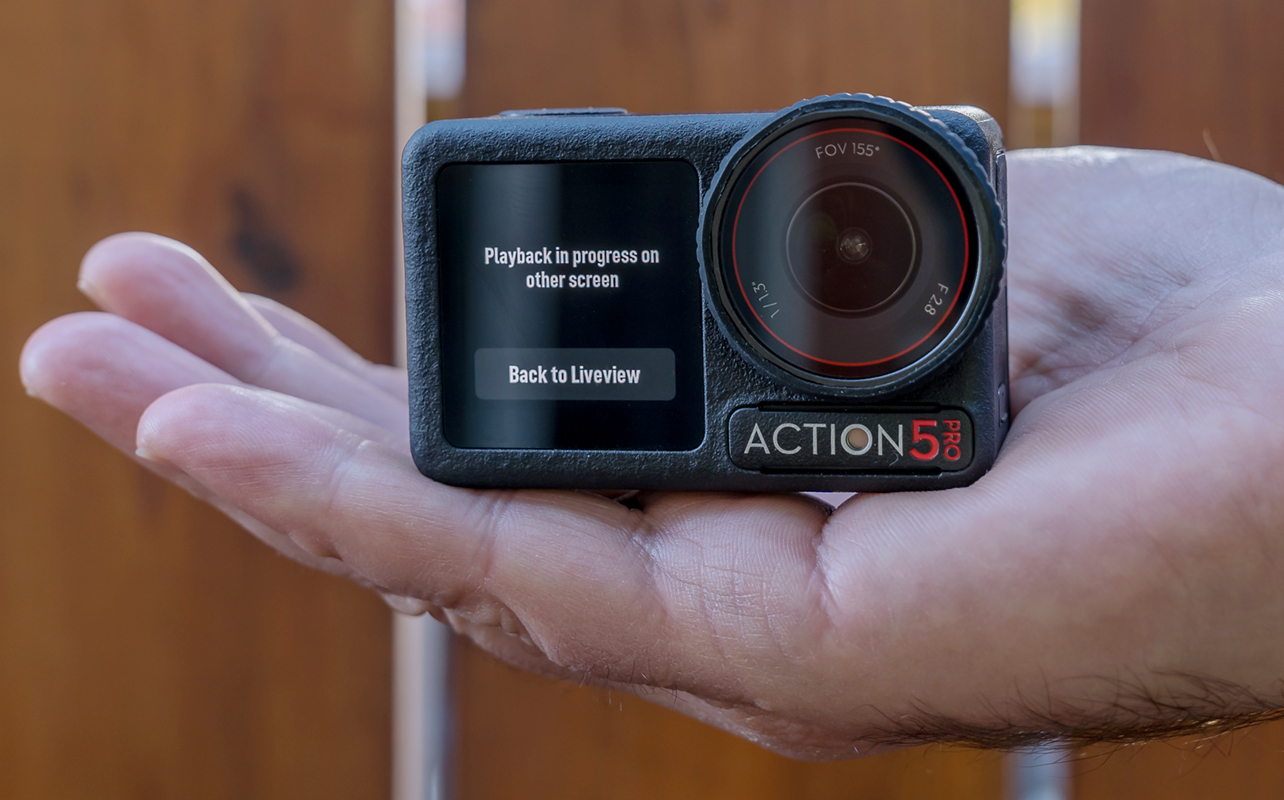
Action cameras like the DJI Osmo Action 5 Pro prove that you don’t always have to be adventurous to appreciate what they can do. Even if you’re not familiar with DJI’s line of action cams, this may be the right one to discover first for a few key reasons.
The “Pro” in the name is hard to discern because there is no other Action 5 model yet. Whether or not DJI plans on releasing one later is unknown but this camera presents a lot of fun possibilities, as is. You’ll need to accessorize it to get even more mileage and explore what it can do, though that’s also where creativity comes in.
Design and setup
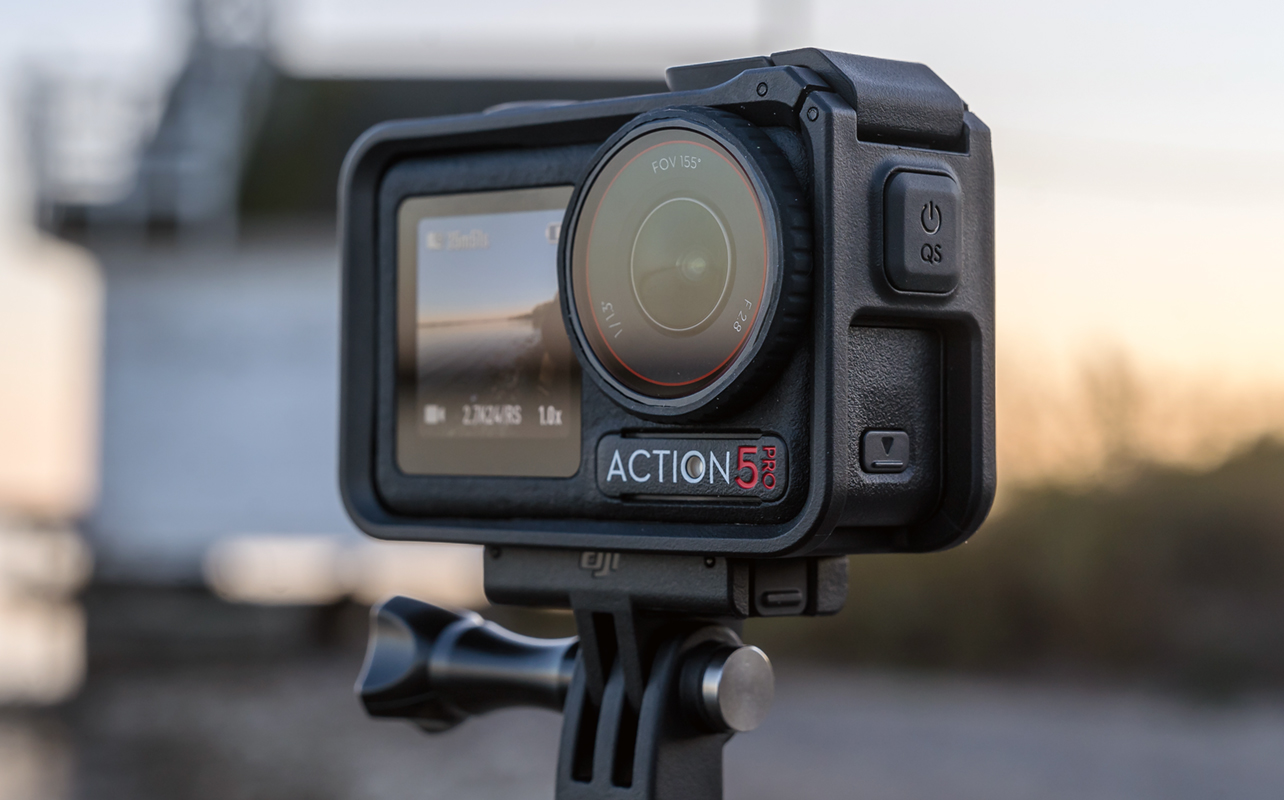
I’ll give DJI credit, the Osmo Action 5 Pro doesn’t look or feel cheap. Despite weighing a very respectable 145 grams, its lightweight body feels rugged and highly portable. Two OLED screens stand out with one in the back and another in the front providing a live view from either side. The battery door (which also houses the microSD card slot) locks in and seals everything inside from the elements. On its own, the camera can submerge as deep as 65 feet underwater. If you want to go deeper, you’ll need a special casing for that. The durability extends to varying weather conditions, allowing it to work between -20° C and 45° C.
DJI includes a magnetic mount in the box. Two if you get the Adventure Combo. One is at the bottom of the camera, while the other is on the side of the protective frame the company also includes in the box. This way, you can switch between two different mounting setups to record in either landscape or portrait orientation. With only two buttons—power and record—it’s not hard to figure out how to use it, either.
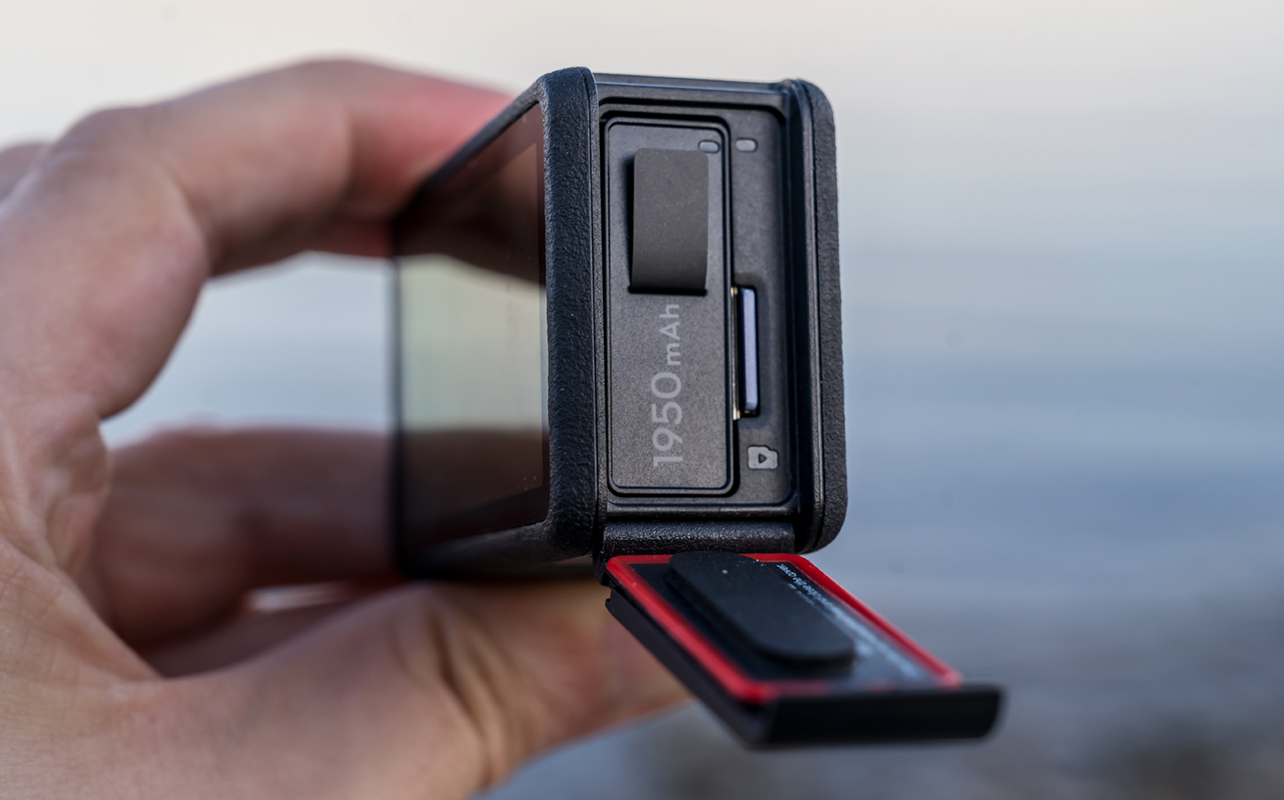
You can actually turn on the Osmo Action 5 Pro and start recording immediately by pressing the record button. While that can sometimes lead to unexpected clips when handling the device, it’s also a surefire way of capturing a scene quickly when it comes your way.
Another smart move is supporting the same mounting system that GoPro introduced so long ago, letting you use this camera with countless accessories. In my testing, I used it with a chest strap I had from a now-defunct brand and it worked perfectly. If you think about the various mounts available already, there are few limits in how you can set this up.
Software and options
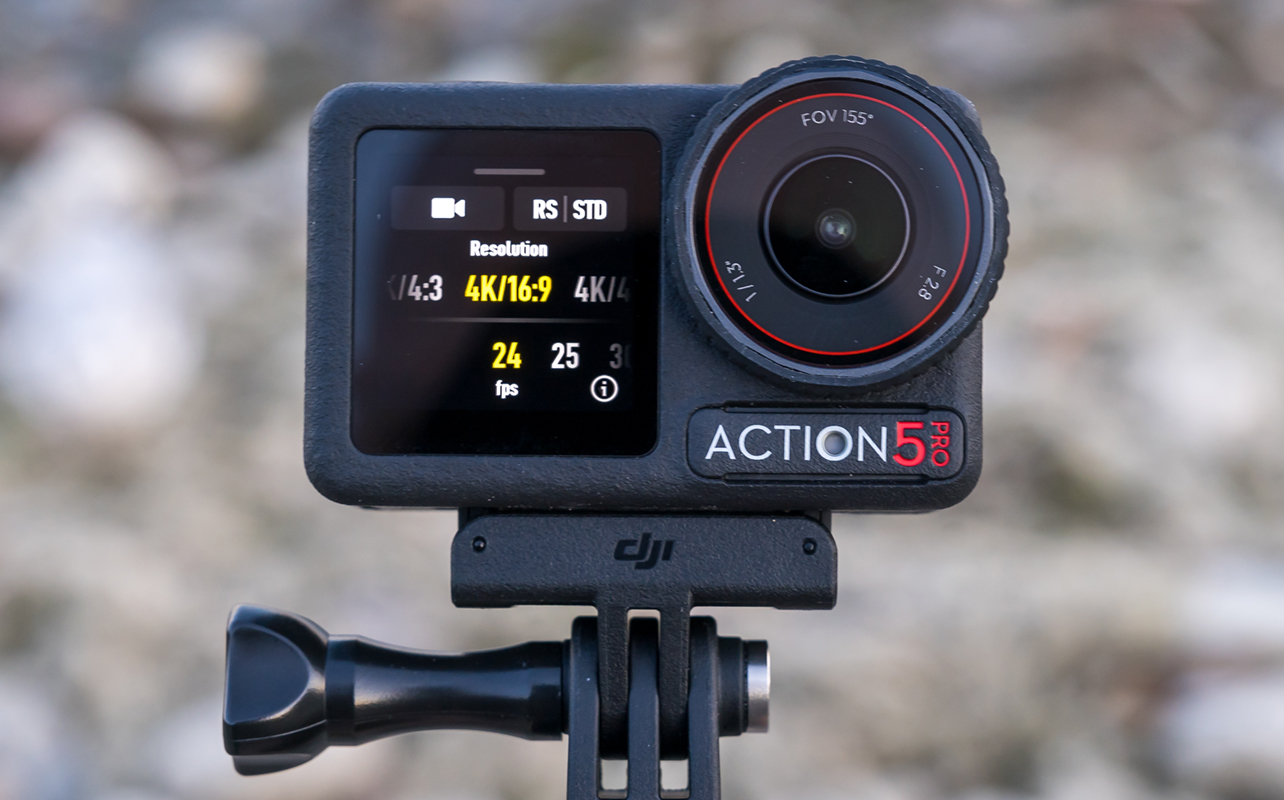
You will need the DJI Mimo app on your phone to set up the device and get started. In my case, I had to scan a QR code to get it but your experience may differ now that the product is widely available.
Once you get into the software, you’ll quickly learn the ins and outs of where everything is. You can also access all the features and settings on either screen. A lot of it is simply tapping on everything you see to understand the menus and how they’re laid out. For example, if you swipe up on the rear screen, you get basic settings to cycle through, like resolution and frame rate. Tap the top right and you have the option to apply a narrower field of view and/or image stabilization by way of DJI’s RockSteady or RockSteady+. The difference between the two simply comes down to the fact the latter applies a crop to the image to make motion appear less jerky.
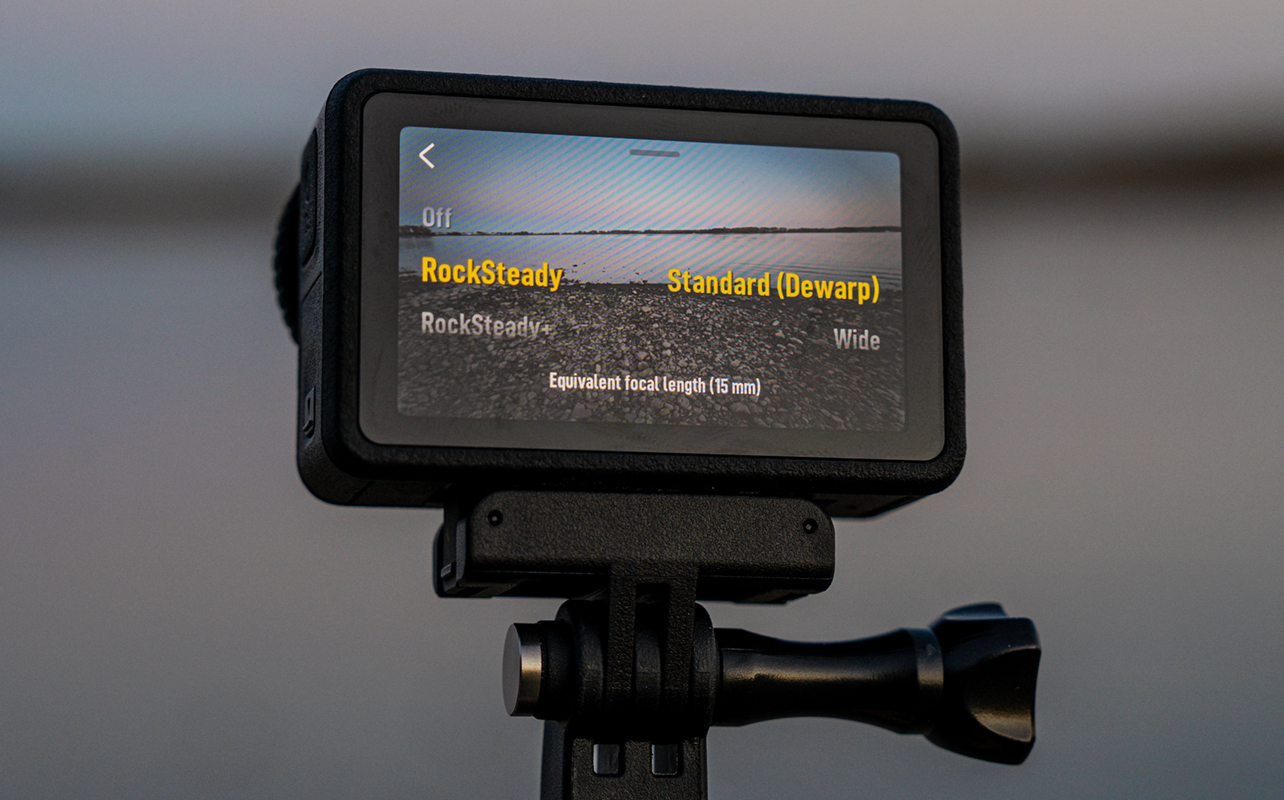
Since it’s only one lens, you don’t have telephoto capability beyond the 2x digital zoom DJI offers. You can always select that anytime in the bottom right corner. The playback button on the left of the screen lets you browse through already-recorded content. You also always know how much time you have left for video in the top left.
Swipe down from the screen and you get quick settings, including options to lock the screen, lock orientation, enable/disable the front display, create custom settings as you please and set up voice control. Swipe over to the right and you can choose between storage options. That’s right, DJI gives you 47GB after you take out all the space the built-in software covers.
Performance and image quality
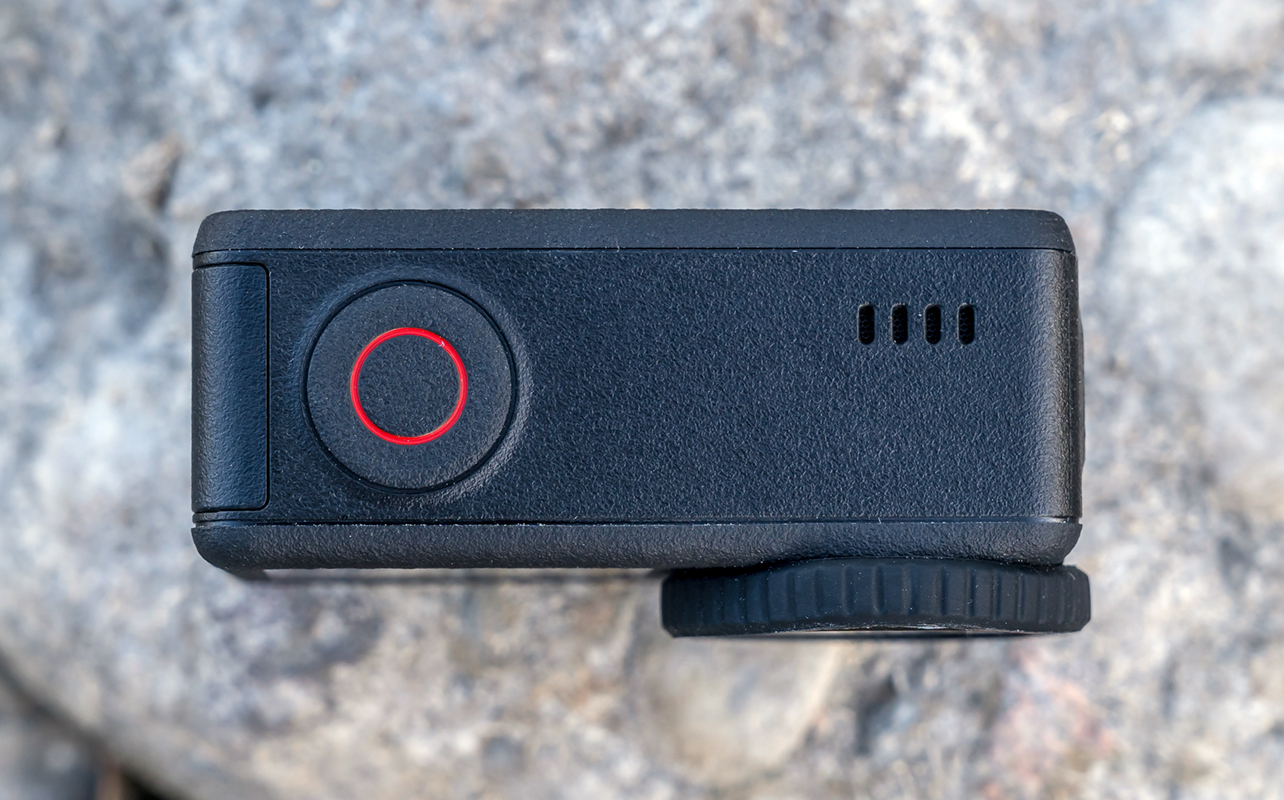
There’s a big omission here off the bat, and that’s the lack of GPS. The Osmo Action 5 Pro won’t track your location at all, so any data related to where you are has to come from another source. DJI has a wrist strap for that very purpose, but the Mimo app can also step in through your phone.
You can watch the video included in this review to gauge video quality for yourself, but in my view, it’s often excellent. Especially in daytime conditions where dynamic range is solid and doesn’t overtly skew anything to make it look unnatural. Colours are vibrant without overdoing it to try hiding imperfections. I also appreciated the stability, regardless of whether it was 4K or 1080p resolution.
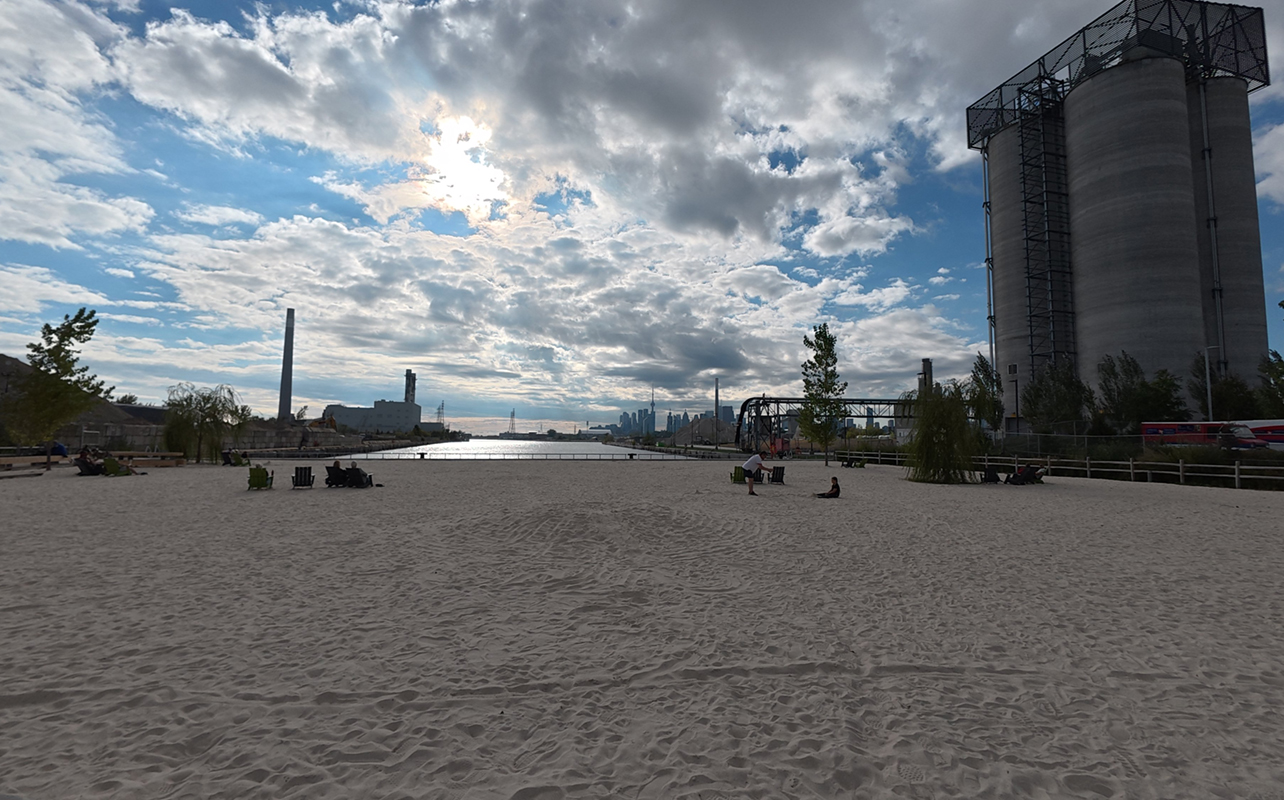
Night and low-light footage is also among the best I’ve seen on an action cam to date. Clean and visible, you can make out details in ways not possible before. The one catch is that you get better results in 1080p than you will in 4K. The reason for that is actually pretty simple, which is that each pixel on the image sensor is smaller in 4K, thus taking in less light.
The real win here is the camera feels so adaptable. I liked wearing it on a chest strap while riding my bike, as well as using the included stick to take in a scene from different perspectives. I could even use it as a secondary camera to capture a scene from a different angle along with my mirrorless one. Vloggers and travellers could just as easily benefit from the features as adventurers would.
Resolution and detail
The Osmo Action 5 Pro can’t record in 5.3K, much less 8K, so the 4K limit may feel…well, limiting. But to me, it’s more than fine in most situations. Higher resolutions, like 8K certainly make cropping to get closer a lot easier without losing detail, and that’s where the GoPro HERO13 Black has an advantage.
The lack of additional lenses also hurts a little. The ultra-wide 155° field of view is great at capturing sweeping vistas but the 2x digital zoom isn’t always great. There were times where I was left feeling like a narrower angle would’ve really helped.
DJI does have ND (neutral density) filters you can buy separately that work best in brightly-lit scenarios. Their compatibility dates back to the Osmo Action 3, so they’ve been around for a while.
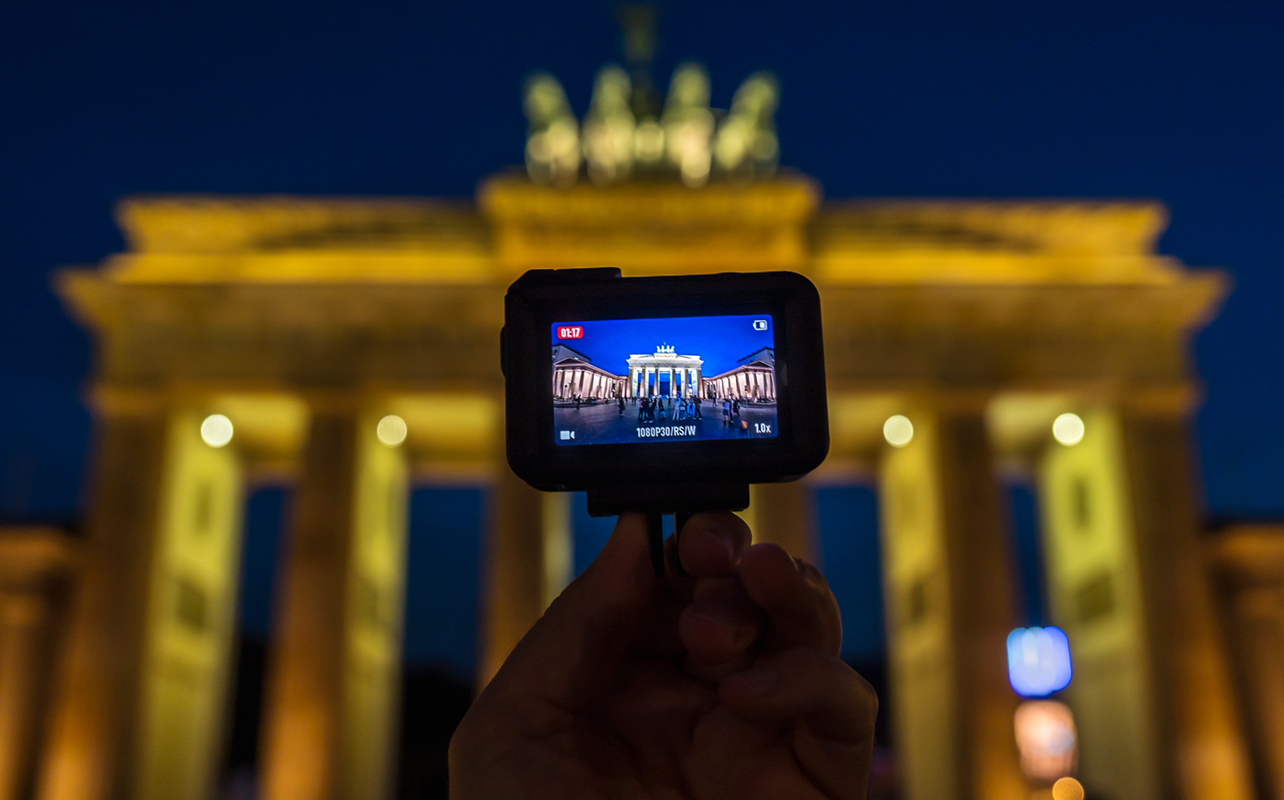
It’s also very much worth considering one of DJI’s Mic kits to get the best audio. For vloggers, this is a must, but I would suggest it will prove advantageous in a number of cases. I kept thinking that a realtor using the camera to record a home and narrate what’s inside, the home’s history, etc. would feel natural that way. Same with someone travelling and wishing to explain historical places and facts, as I like to do myself.
I would also like to see DJI include a standard screw mount to make it easier to use with all other tripods. Timelapse videos are cool but doing it means always having the stick handy. That’s what has the screw mount, which can affect elevation if you prefer to go from a lower angle.
Battery life
It’s a bit hard to pinpoint exactly how long the battery lasts. DJI claims over three hours of 4K footage per charge, and that seems about right, though you wouldn’t be able to do it continuously. I never had to worry about running low when taking it out on a full charge, or even at 75%. I had two extra batteries from the Adventure Combo kit DJI sent me to act as backups but didn’t have to reach for them much.
Final thoughts
It’s hard for me to compare this action cam to the other current competitors because I haven’t tried them yet. What I can say is the Osmo Action 5 Pro delivers a wonderful and satisfying experience in capturing any scene. It feels accessible and adaptable all at once, helping initiate creativity in anyone’s hands. Action cams have always been ripe for experimentation, so it’s nothing new in that sense, but DJI manages to keep it from feeling daunting for novices. You just point, press record, and take it from there.
Once you learn the settings and controls, confidence only grows further and the ideas start flowing. To me, that’s the mark of a good imaging product that’s built to take anywhere.
The DJI Osmo Action 5 Pro is available now either in the Standard Combo or Adventure Combo. Check out all the action cameras currently available.















